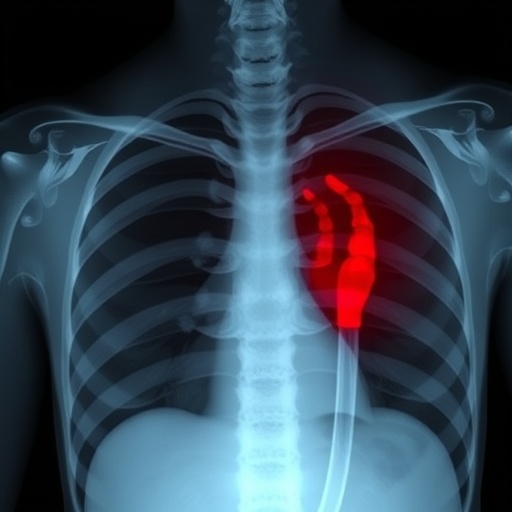Researchers at LSTM have taken significant steps in understanding the way that the anti-malarial drug primaquine (PQ) works, which they hope will lead to the development of new, safer and more effective treatments for malaria.
The work, which was predominantly funded following an award from the Medical Research Council, has been carried out by the LSTM’s Centre for Drugs and Diagnostic (CDD). The results are published in the journal Nature Communications.
LSTM’s Professor Giancarlo Biagini explained: “The antimalarial primaquine is a cornerstone of global efforts to eliminate malaria, for some 70 years it has been the only drug registered that has been demonstrated to be able to cure relapsing malaria and block transmission of the disease. However, little has previously been understood about the drug’s mode of action, which is seriously undermining efforts to improve the safety and pharmacology profile of this important drug class.”
The team at LSTM, working with key collaborators including Professor Paul O’Neill (University of Liverpool), Professor David Baker (London School of Hygiene and Tropical Medicine) and Professor Sangeeta Bhatia (Massachusetts Institute of Technology, USA) were able to replicate the interaction between the drug and the host enzymes which catalyse the generation of cytotoxic amounts of hydrogen peroxide from metabolites of PQ. The experiments were able to demonstrate why the drug displays exquisite selectivity against specific parasite stages and also explains why only very small (nM) catalytic concentrations of metabolites are necessary to kill the parasites.
The search for new antimalarials is vital in the drive towards global malaria elimination, especially given that PQ is potentially lethal to people with the genetic disorder glucose-6-phoshate dehydrogenase (G6PD) deficiency, which affects millions of people in malaria-endemic countries.
“This is why an understanding of how the drug works is central to replicating its most significant elements.” Continued Professor Biagini: “This work has been possible with CDD given the multidisciplinary nature of the team. The current study makes a significant advancement in our understanding of PQ mechanism of action. This new knowledge is key to the development of newer and safer, broad-spectrum antimalarial drugs, work currently underway within our group.”
###
Media Contact
Clare Bebb
[email protected]
Related Journal Article
https:/
http://dx.




